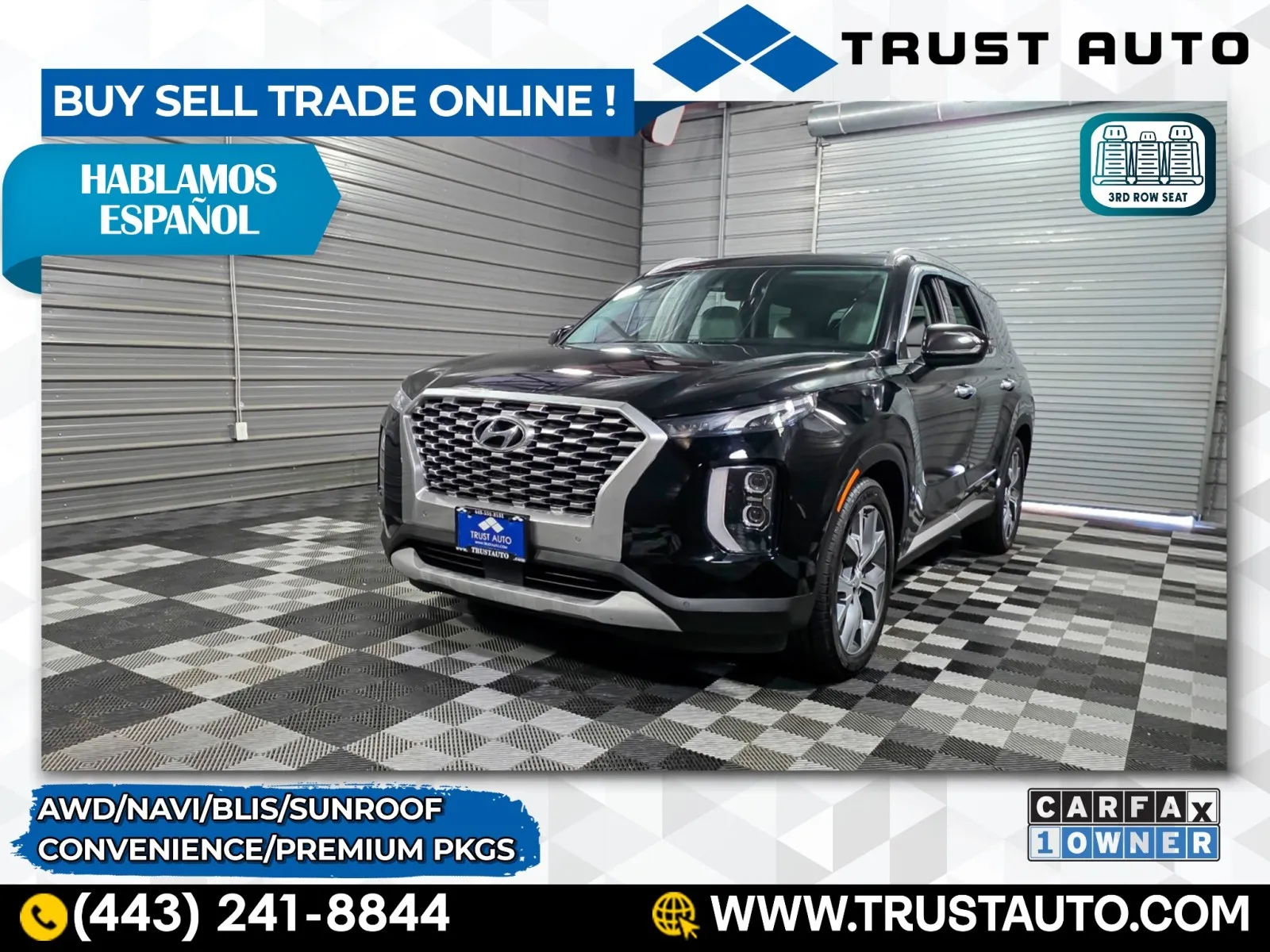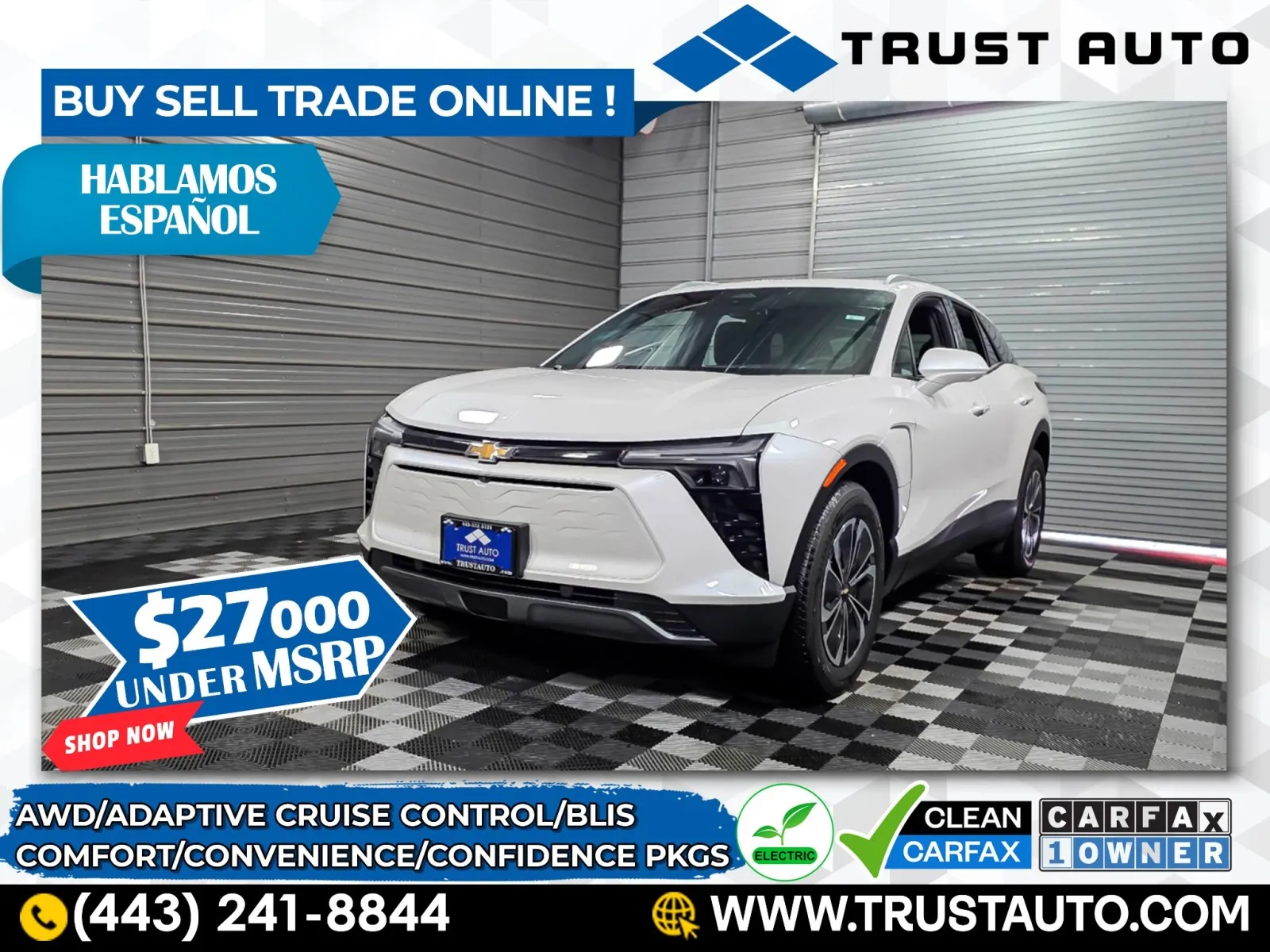How Much Do You Know About Duesenberg Automobiles?

Who makes the finest and most luxurious car?
In the 21st century, the answer to this question would be a list of European brands like Bentley, Rolls Royce, or Aston Martin. But asking the same question a century ago would have yielded a different result.
The dawn of the 20th century saw the rise of one American automaker that grew from a maker of racing engines and road-tearing monsters to the creator of automobiles that were the epitome of luxury and refinement.
The Duesenberg automobile was a creation of two German-American brothers that were self-taught engineers. The company was founded in 1913 in St. Paul, Minnesota, and specialized in making high-performance engines and race cars—vehicles that scored Indianapolis 500 victories in 1922, 1924, 1925, and 1927.
A “Duesy,” as it was known in those days, represented the ultimate hand-crafted, high-performance luxury car of its time. Unfortunately, it was the same trait that brought the company’s demise later on.
The Story of Duesenberg Automobiles
The tale started in the late 1800s when the Duesenberg family moved to Iowa from Germany. One of the brothers, Frederick Duesenberg, got famous for his excellent craftsmanship as he made superior quality racing bicycles. Fred also competed in multiple cycling races giving prominence to the family name and the growing interest in racing.
At the same time, Fred excelled at solving mechanical problems, which made a name for the family bicycle shop. But as automobiles became common and people started using engines to pull wagons, Fred Duesenberg’s attention shifted. His interest in mechanical things attracted him to learn more about this new trend.
In 1903, Fred and his younger brother, August, sold their shop and joined an automotive company. As both brothers got educated in automobile mechanics, they soon opened their own garage to fix others’ mechanical problems. But Fred, having a history in racing, wanted to build something big and fast.
This opportunity came to them when the Duesenberg brothers met Edward R. Mason through their shop. Mason was intrigued by Fred’s design ideas and asked him to draw up plans for an automobile. Before moving forward, Fred enrolled in a correspondence school to learn mechanical drawing.
After completing the course, the Duesenberg brothers, backed by Mason, established the Mason Motor Company in 1904 and successfully built a fast two-cylinder automobile in 1905. The car was advertised as “ The fastest and strongest two-cylinder in America” and sold for $1,250 (about $39,000 in today’s money).
While the project was successful and the company grew, it came to an end in 1913. The brothers, who now had a tremendous amount of experience building powerful engines and fast cars, moved to Minnesota to launch the Duesenberg Motor Company. The company started as a race engine and car manufacturer and also managed to get a contract for making marine engines.
The engine was meant for a hydroplane that was to race in a 1914 international British contest, but World War I happened. While the Duesenberg brothers couldn’t capitalize on their efforts, the $50,000 fee helped fund other advancements. It was enough money to give engine building another shot. Between 1914-1920, the brothers experimented with developing different types of engines to attract backing from other manufacturers. In 1917, Duesenberg Motor merged with Loew-Victor Manufacturing and prioritized building engines for warplanes.
But after the war ended, the brothers moved from place to place and partnered with other manufacturers to learn and grow. This time also allowed them to make new connections, including one with the legendary Ettore Bugatti.
The Duesenberg brothers finally moved back to Indianapolis in 1920 and started working as independent manufacturers. This was when the Duesenberg Automobile and Motors Company was established, and its first car, the Model A, became a reality.
Duesenberg Model A
The Duesenberg Model A was Duesenberg’s first car with an airplane-based engine. While the vehicle was not a strong seller, it was a record-setter. The 2021 Model A was powered by a straight-eight engine (eight cylinders in line, one after another). Significantly, this was America’s first mass-produced eight-cylinder engine.
The engine produced about 100 horsepower and was paired with a three-speed manual transmission. The car was fast and powerful, but the Model A was also boxy and expensive.
Despite its performance credentials, its simplistic design didn’t seem to match with a $6,500 price tag ($90,000 in today’s money). The company’s slow production rate (less than one car per day) didn’t help company cash flow.
Despite embracing advanced (for its time) performance technology like an overhead camshaft, hydraulic braking, and four-valve cylinder heads, the company only sold 650 units by 1927. Its high cost and low production rate are the likely culprits for the results.
This poor showing put the company into financial straits, and the company was reformed in 1925 as the Duesenberg Motor Corporation with Frederick Duesenberg as the president.
The Model A’s success in the Indianapolis 500 validated the Duesenberg brothers’ success as exceptional engineers, but the car’s poor sales also confirmed the duo were not successful as businessmen. It’s a legacy that endured as the company continually faced financial struggles and the lack of a reliable backer.
Duesenberg Model X
The Model X, built as a sportier and faster version of Model A, featured an improved gearbox, a longer 136-inch wheelbase, and single-side valve placement. Thanks to these improvements, a Duesenberg was able to cross the magic 100 mph threshold and became one of the fast cars on the road. Despite this distinction, only 13 units were built between 1926-27. With only five Model Xs reportedly still in existence, it’s a rare and sought-after Duesenberg car.
Duesenberg Model J
The Model J is arguably the best-known and most successful Duesenberg, as almost 500 units were produced. It was designed and developed by Fred Duesenberg three years after E.L. Cord acquired his company in 1925. At the time, Cord sought to take on luxury brands like Hispano-Suiza, Mercedes-Benz, and Ischotta Franchini. The Duesenberg acquisition, and Fred’s talent, would enable this effort.
Debuting in December 1928 at the New York Auto Show, the first Model J was a sweep-panel, dual-cowl phaeton finished in silver-black and featured a LeBaron-designed coach. Priced at $8500 ($137,000 today) for the bare chassis, a fully loaded Model J could hit north of $20,000 ($323,000 today).
Underneath its striking design was a potent straight-eight engine with four valves per cylinder and dual overhead cams. Offering up to 265 horsepower, the car could hit 119 mph. While not the most powerful or fastest car of its era, the Model J was the most expensive. It’s also helpful to remember that the Model J launch occurred a month after the 1928 stock crash and the beginning of the Great Depression.
Duesenberg Model J Variants
Along with the Model J, other variants, including the Model SJ, SSJ, JN, and SJN, were built between 1928-1937. Customers could buy a Model J variant and have the coach completed by Duesenberg or constructed separately by an independent coachbuilder.
The Model SJ was a supercharged version with speeds exceeding 135 mph and the ability to reach 100 mph in 17 seconds. The SSJ was an even more powerful model with up to 400 horsepower. Only two of the SSJs, including one with an open-roadster body.
Ten examples of the JN were produced. Featuring a coach built by Rollston Coachwork, the JN (and the SJN, its supercharged variant) offered the stunning looks of a lowered body, bullet-shaped taillights, and skirted fenders.
Duesenberg Legacy
The Model J (and its variants) marked the highpoint of the Duesenberg story as the car became a status symbol for the rich and famous, including Al Capone, Greta Garbo, the Duke of Windsor, King Maria of Yugoslavia, and King Alfonso XIII of Spain.
But, by 1937, the fiscal pains of E.L. Cord and the country’s ongoing economic troubles ultimately led to the demise of Duesenberg automobiles. An attempt by August Duesenberg to revive his namesake vehicles never got off the ground.
Today, a Duesenberg is one of the most coveted cars among collectors. Million-dollar auction valuations are common (when the occasional Duesy comes up for bidding). Jaws dropped when an SSJ once belonging to actor Gary Cooper hit $22 million at a Gooding auction in 2018.
Buying a Used Luxury Car at Trust Auto
If bidding on a Duesenberg isn’t in your plans, and you’re looking for 21st-century luxury instead, then check out the upscale cars at Trust Auto in Sykesville. Our extensive inventory includes top-tier rides from Bentley , BMW , Lexus , Mercedes-Benz , and Porsche .
Searching for a used SUV in Randallstown? Looking for a used truck in Eldersburg? The best-used cars for sale are close by at Trust Auto. We’re also an easy drive from Virginia and Washington, DC. Shopping for a luxury car in Pennsylvania or New York? Then stay home and relax as our virtual shopping services can deliver the perfect luxury ride to your door.
No matter if you’re from Columbia, Pikesville, Baltimore, or beyond, Trust Auto is Maryland’s premier choice for high-quality used cars for sale. Call or visit today for a shopping experience like no other.











